Navigating the Transition to USB-C on the iPhone 15: What You Need to Know
The introduction of USB-C on the iPhone 15 raises concerns about charging speed, compatibility, and costs, echoing experiences with Android phones, while regulatory changes add complexity and uncertainty.
The buzz surrounding the impending introduction of USB-C on the iPhone 15 has been hard to ignore. For many, its arrival will only truly matter if it delivers faster charging capabilities. While this enhancement is undoubtedly needed, it also raises concerns about potential confusion, disappointment, and additional costs associated with achieving high-speed charging on the iPhone. My skepticism is rooted in my experience with Android phones.
It appears almost certain that the iPhone 15, set to launch on September 12, will feature a USB Type-C port. Beyond the realm of rumors and renders, the European Union's regulations on common device chargers have effectively compelled Apple to make this transition. If it doesn't happen now, it's inevitable in the near future. It seems that we might as well embrace it.
Cables and ports aren't the most thrilling topics to discuss, and personally, I've never struggled with having the right charging cable on hand. I have a tangled web of cables in a drawer, ensuring I'm always equipped for any charging situation. However, my indifference to the switch from Lightning to USB-C could change if it paves the way for true fast charging on the iPhone 15.
The iPhone 14 Pro introduced "fast" charging, but it still takes over an hour to achieve a full charge, assuming you possess an Apple charging block that can deliver 20 watts or more. MagSafe wireless charging is even slower, maxing out at 15W with a compatible charger or 7.5W with a standard Qi wireless charger. In stark contrast, the OnePlus 11 boasts an 80W wired charger, capable of filling its 5,000mAh battery to the brim in just 30 minutes. It's one of the fastest-charging phones available, and I can't help but desire such performance in the next iPhone.
But, when I contemplate it further, I'm faced with mixed feelings. Do I truly want this feature? Yes and no. Achieving full-speed charging on the OnePlus 11 requires using the OnePlus charging block and a special USB cable, both included with the phone. Apple ceased providing free chargers a few years ago, but they still include a USB-to-Lightning cable in the box. However, if you opt for a different charger with the OnePlus 11, it charges, but at a significantly slower rate.
Suppose you own a Samsung smartphone like the Samsung Galaxy S23 Ultra and wish to utilize its Super Fast Charging feature. In that case, you must possess or purchase a charging block that supports the USB PD 3.0 PPS standard at 45W and a 5A USB cable that also supports adaptive charging standards. Failure to use both of these items results in slow charging, and you'll need to shell out $50 for the right kit directly from Samsung.
A 20W Apple charging block costs $19, and an additional $19 will get you a disappointingly short 1-meter USB-to-Lightning cable. While this isn't exorbitant, it's far from an extraordinary charger. Apple's 140W charging block for MacBook laptops represents a shift to gallium nitride (GaN) technology, supporting the USB-C PD3.1 standard, making it considerably more modern and capable. However, it comes with a hefty price tag of $100, cable not included.
It's highly unlikely that Apple will include a charging block with the iPhone 15. If they introduce fast charging through USB Type-C, you'll undoubtedly need to purchase a new charger and cable to take advantage of it. While Apple will likely make it relatively convenient to acquire the right equipment, judging by the cost of the 140W charging block, it won't come cheap. But you might consider opting for a non-Apple charger, right?
However, fast charging an Android phone with third-party equipment can be a daunting task. It's often challenging to ascertain whether the charger and cable you're eyeing support the necessary standards, assuming the phone manufacturer has even made this information easily accessible. Many manufacturers prefer consumers to buy their proprietary equipment. In cases like OnePlus, you're obligated to use their original equipment due to its proprietary technology essential for fast charging.
To add to the complexity, rumors have circulated that Apple might restrict fast charging and even fast data transfer speeds to USB-C cables produced under its Made for iPhone program. This would limit usage even further unless you invest in specific new equipment. The European Union expressed concern about such a move, even though it remained unconfirmed, as it wouldn't meet regulatory requirements.
Acquiring the right fast-charging equipment for a modern Android phone can be a confusing, time-consuming, and often expensive endeavor. The arrival of USB-C on the iPhone 15 could potentially bring the joy of fast charging to new iPhone owners. It's sometimes tempting to stick with your existing charger and endure slow charging, but there are occasions when fast charging can be immensely beneficial and even life-changing.
Further complications arise concerning Apple's plans for USB Type-C on the iPhone 15. Technically, they aren't obligated to comply with any regulations until the end of 2024 when EU law comes into effect. Consequently, Apple could essentially dictate the terms regarding cables, chargers, and charging speeds for the iPhone 15 and possibly even the iPhone 16. Then, they would address the 2024 regulations when the time comes. This could introduce another layer of confusion for buyers if a software update becomes necessary to align with the new regulations.
Apple will undoubtedly present the introduction of USB Type-C and fast charging as a clear and concise innovation. However, beneath the surface lies a complex network of technology standards, legal considerations, and the need to continue profiting from the sale of official and certified accessories. What's more, anything Apple implements today could change in the future, creating further uncertainty for consumers. While I'm eager to witness fast charging on the iPhone, I hope it evolves into a straightforward and cost-effective system for everyone. My experience with Android phones tells me it may not be a straightforward journey.
I hope my reservations about this transition prove unfounded, and I won't find myself longing for the return of the Lightning port, especially since the EU plans to introduce similar regulations for wireless charging in the future. It's possible that we'll encounter the same questions and concerns about MagSafe down the road.
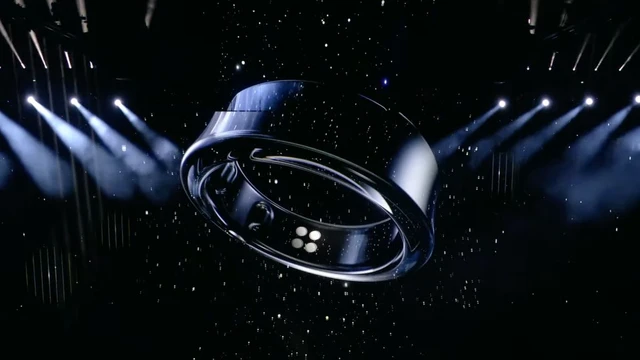


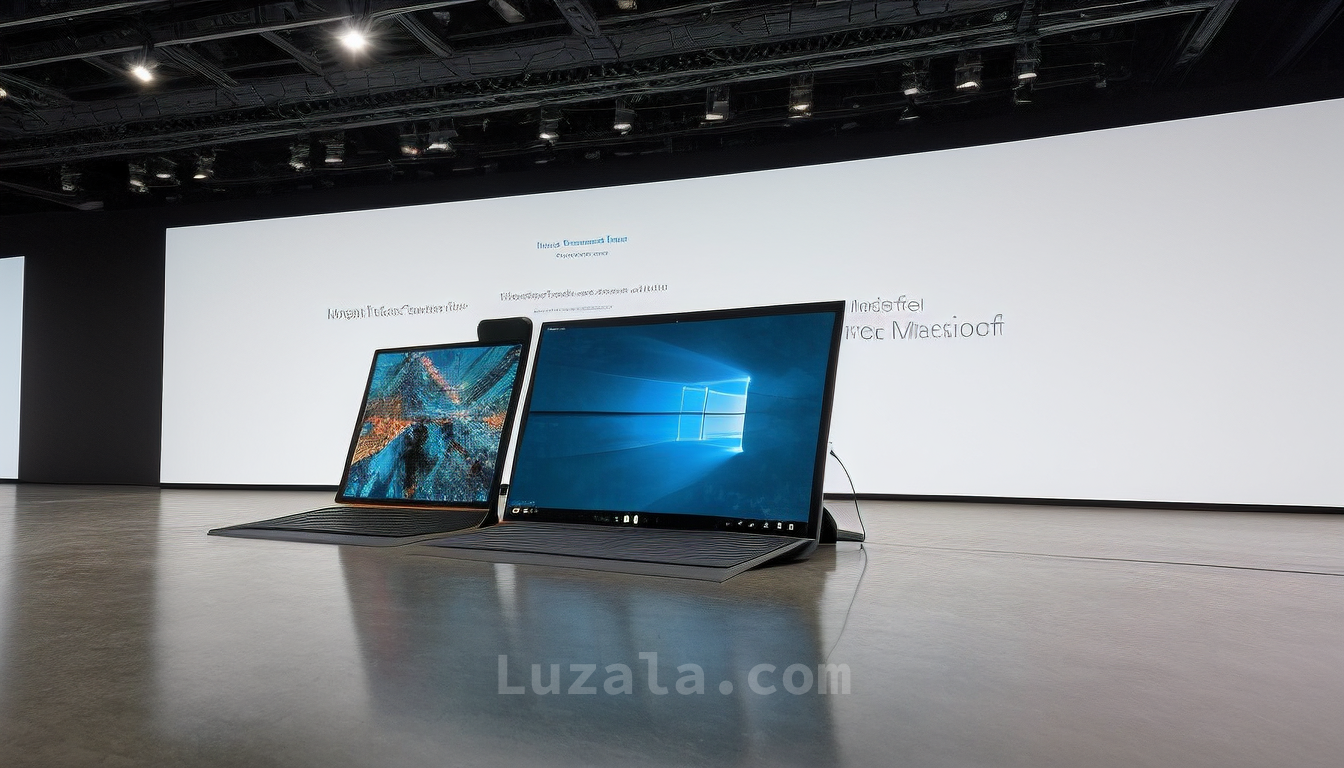
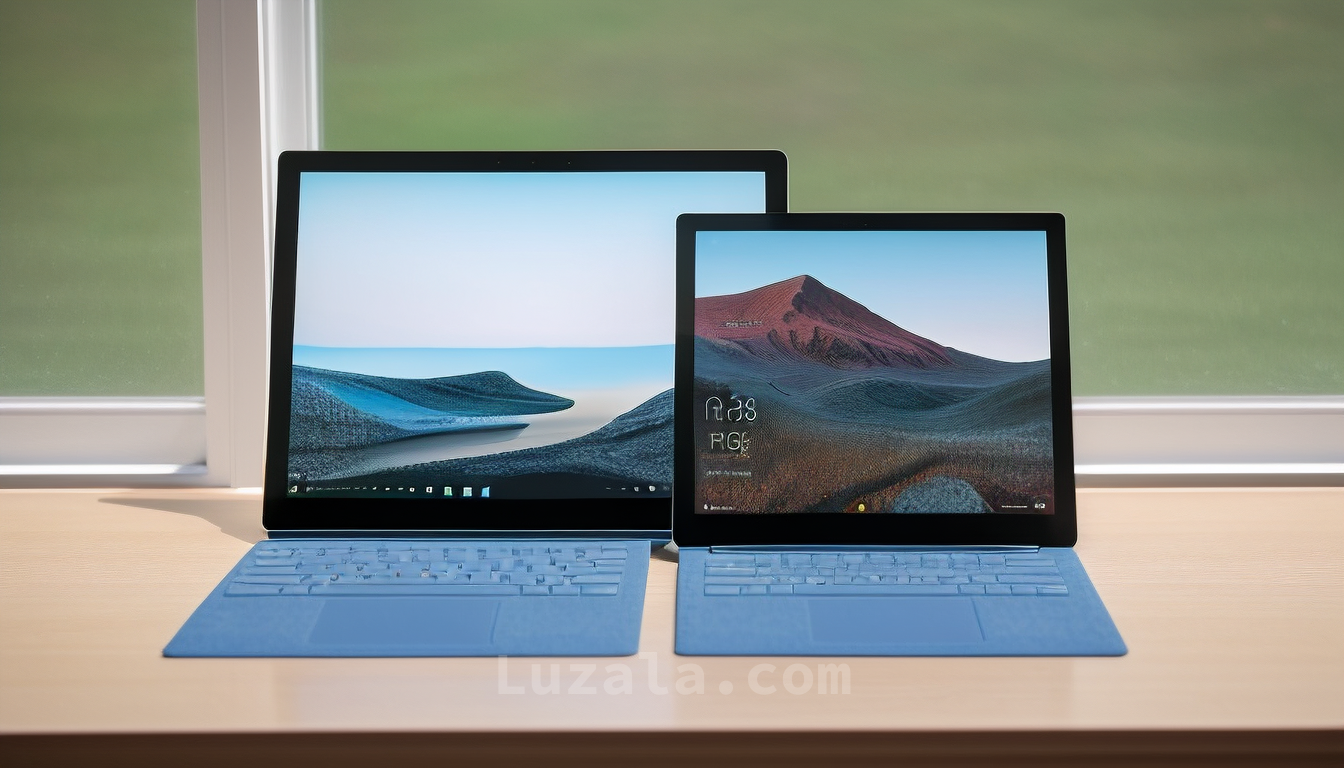

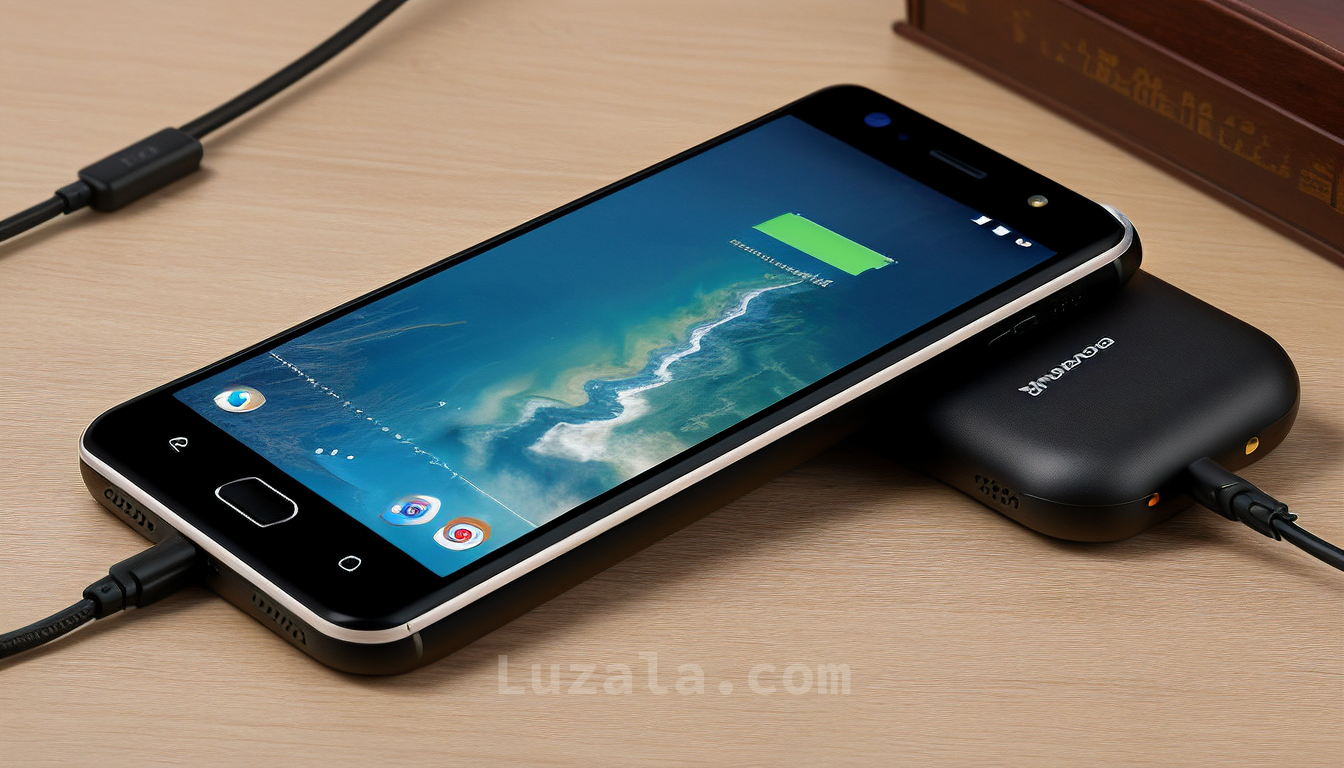

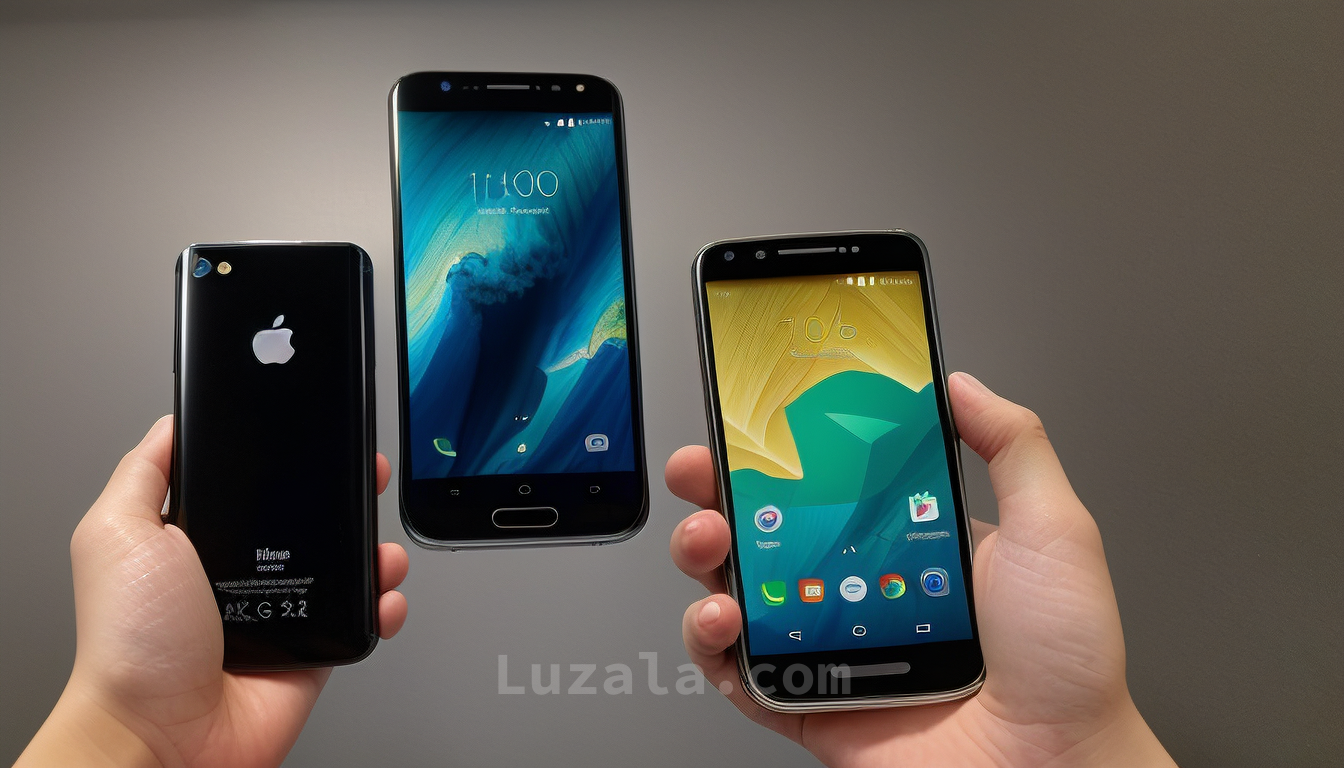
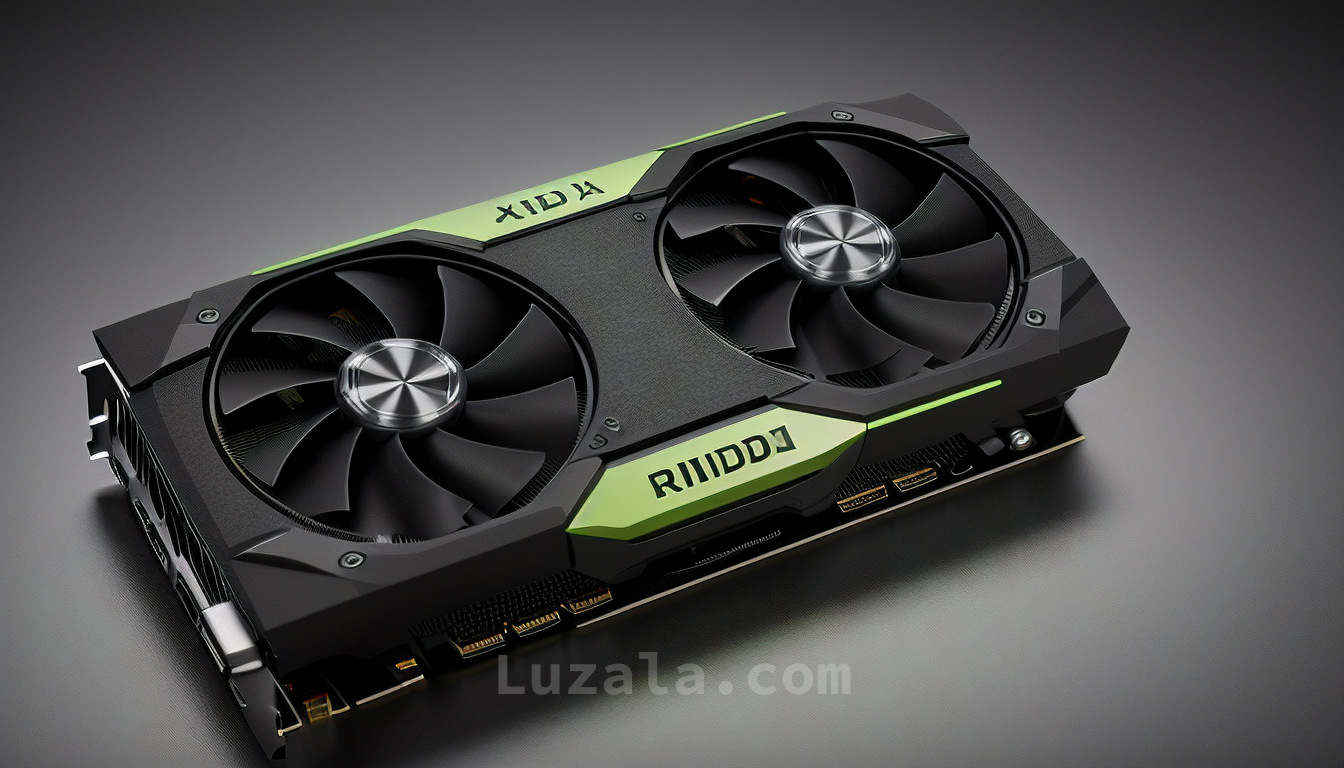





Comments